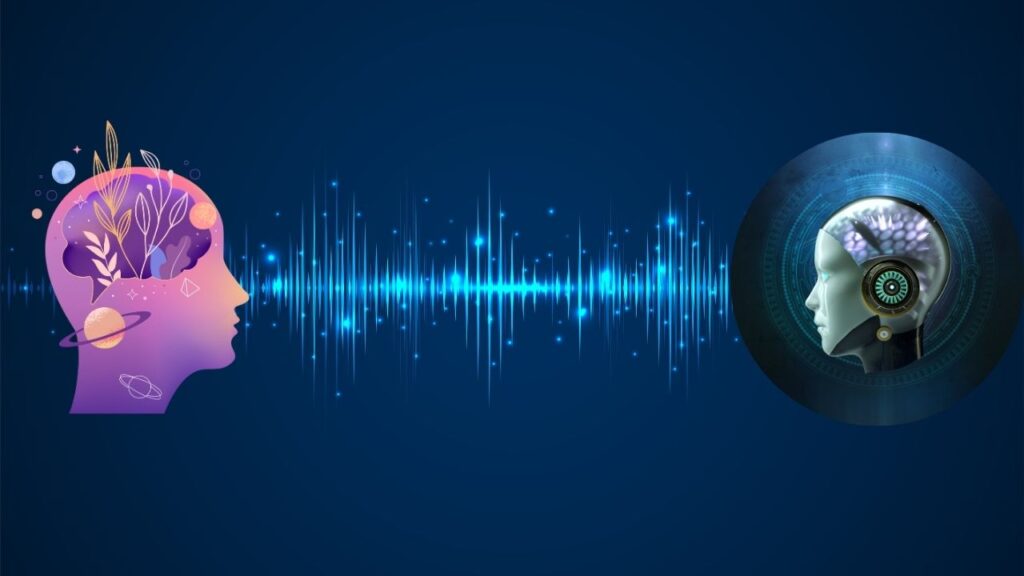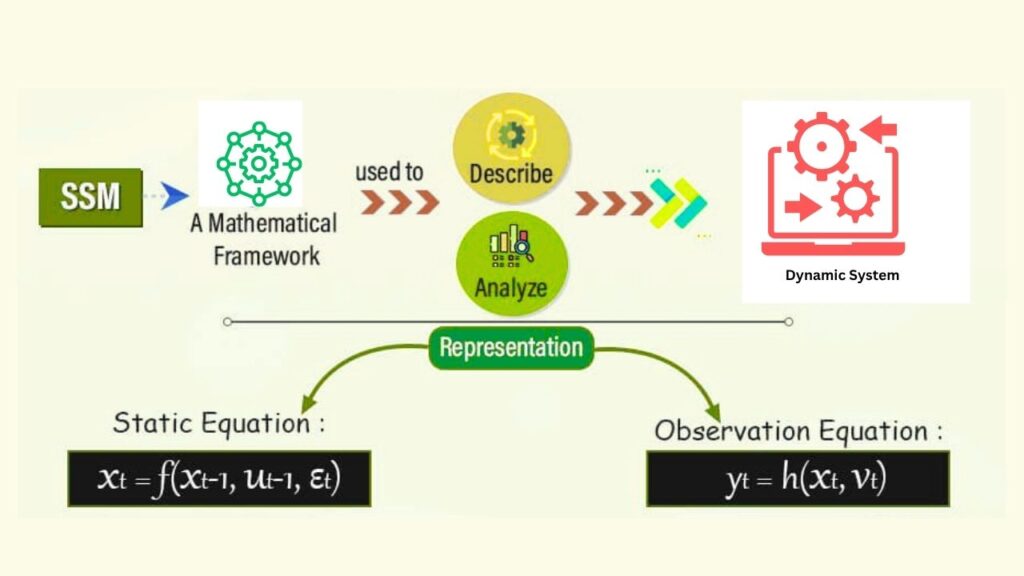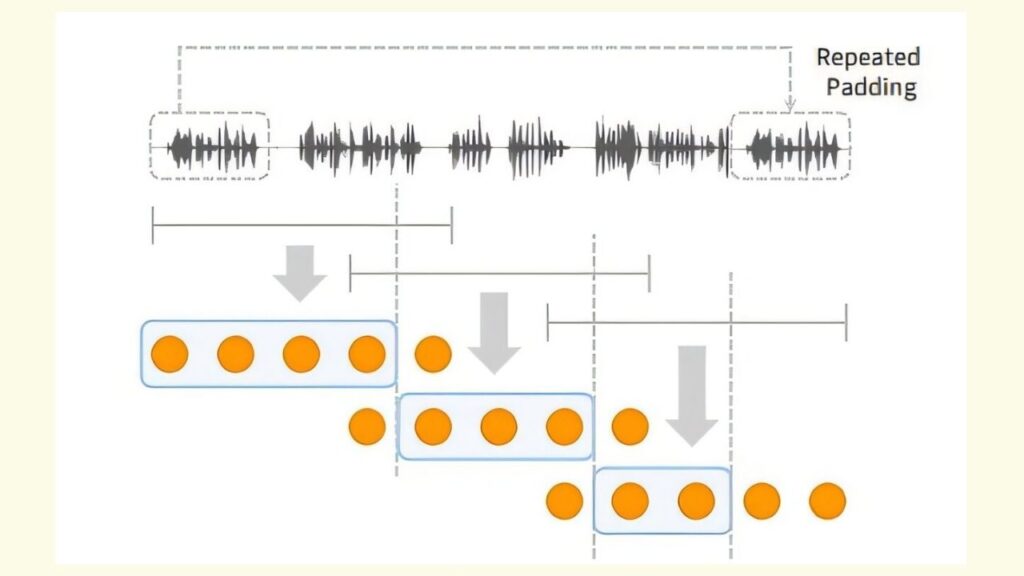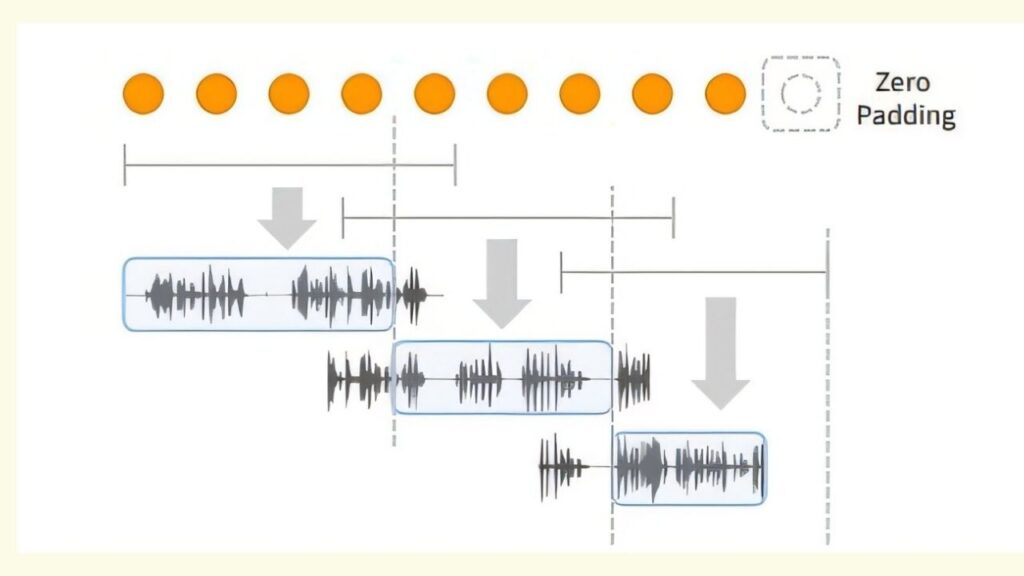Artificial intelligence (AI) is changing the world in many ways, but one of the most exciting advances is in how computers can now talk to us. The latest innovation, called SpeechSSM, is making it possible for AI to create voices that sound so real, you might not even realize you’re listening to a computer. Even more impressive, SpeechSSM can generate these voices for long periods—think full podcasts, audiobooks, or even 24/7 virtual assistants—without losing their natural flow or personality.

In this article, we’ll explore what makes SpeechSSM unique, how it works, why it matters, and how professionals and everyday users can benefit from this technology. Whether you’re a tech enthusiast, a business leader, or just curious about the future, you’ll find clear explanations, practical tips, and expert insights to help you understand and use this breakthrough.
SpeechSSM Breakthrough Brings Hyper-Realistic AI Voices in Record Time
| Feature | Details |
|---|---|
| Developer | Korea Advanced Institute of Science and Technology (KAIST) |
| Model Type | Spoken Language Model using Hybrid State-Space Model |
| Speech Duration Capability | Generates natural, consistent speech for long durations (up to 16 minutes and beyond) |
| Processing Technique | Divides speech into short fixed units, processes them independently, then combines for long speech |
| Speed | Uses non-autoregressive audio synthesis for ultra-fast generation |
| Applications | Podcasts, audiobooks, 24/7 AI voice assistants, customer service, gaming, healthcare |
| Evaluation Metrics | New metrics like SC-L (semantic coherence) and N-MOS-T (naturalness over time) |
The SpeechSSM breakthrough marks a new era in AI voice synthesis, delivering hyper-realistic, long-duration speech that’s fast, natural, and expressive. By overcoming the limitations of previous models, SpeechSSM opens up new possibilities for industries ranging from entertainment to healthcare. As this technology continues to evolve, understanding its capabilities and using it responsibly will be key to unlocking its full potential.
What is SpeechSSM?
SpeechSSM stands for Speech State-Space Model. It’s a new kind of AI model that can generate long, realistic speech that flows naturally. Unlike most traditional text-to-speech (TTS) systems, which convert written words into spoken language, SpeechSSM is trained directly on speech data. This means it learns how people actually talk—including their tone, rhythm, and pauses—making the output sound much more human.

Developed by a research team at KAIST, SpeechSSM solves a big problem that has challenged AI voice technology for years: how to keep speech sounding natural, expressive, and consistent, even during long conversations or monologues. Most older systems could only handle short phrases before the voice started to sound robotic or repetitive. SpeechSSM, by contrast, can keep a conversation going for many minutes, maintaining the same personality and emotional tone throughout.
How Does SpeechSSM Work? A Step-by-Step Guide

Let’s break down the process in simple terms, so anyone can understand how this advanced technology works:
1. Speech Segmentation
Instead of trying to process a long speech all at once, SpeechSSM divides the audio into small, manageable pieces—like cutting a loaf of bread into slices. Each slice is just a few seconds long.
2. Independent Processing
Each slice is then analyzed separately. The model pays special attention to the details in each piece, such as how the speaker’s voice rises and falls, where they pause, and how they emphasize certain words.
3. Contextual Integration
Once all the slices are processed, SpeechSSM puts them back together. It uses a combination of attention mechanisms (which focus on recent speech) and memory layers (which remember the overall context) to make sure the speech flows smoothly, without awkward jumps or changes in tone.
4. Ultra-Fast Audio Synthesis
The final step is turning this processed data into actual sound. SpeechSSM uses a special technique called non-autoregressive synthesis, which lets it generate many parts of the speech at the same time. This makes the voice generation process extremely fast—so fast, in fact, that it can create a 30-second audio clip in less than a second.
5. Quality Evaluation
To ensure the speech sounds natural, SpeechSSM uses new evaluation metrics. For example, SC-L measures how well the AI keeps the meaning and flow of the conversation, while N-MOS-T checks how natural the voice sounds over time.

Why SpeechSSM is a Game-Changer
1. Naturalness and Consistency
Most AI voices can sound good for a few seconds, but they often lose their human touch during longer speeches. SpeechSSM’s unique structure allows it to maintain a consistent, natural-sounding voice for extended periods—making it ideal for podcasts, audiobooks, and virtual assistants that need to talk for hours.
2. Speed and Efficiency
Traditional TTS systems can take a long time to generate lengthy audio. SpeechSSM’s non-autoregressive approach means it can produce high-quality speech almost instantly, opening the door for real-time applications like live translation or interactive storytelling.
3. Emotional Expression
Because SpeechSSM learns directly from real speech, it can capture subtle emotions—like excitement, sadness, or hesitation—that make conversations feel more engaging and authentic.
4. Versatility Across Industries
- Media & Entertainment: Podcasters and audiobook creators can produce hours of content quickly, with voices that sound as expressive as real humans.
- Customer Service: Businesses can deploy AI agents that handle long, complex conversations without sounding robotic.
- Healthcare: Speech-impaired individuals can use more natural-sounding voice prosthetics, improving communication and quality of life.
- Education: Teachers and trainers can create engaging audio lessons that hold students’ attention.
- Gaming: Characters in video games can have dynamic, realistic voices that adapt to the story.
Real-World Examples and Use Cases
Podcasts and Audiobooks
Imagine an author who wants to turn their book into an audiobook but can’t afford a professional narrator. With SpeechSSM, they can generate a natural, engaging reading of their book in just a few hours, complete with expressive pauses and emotional highlights.
24/7 Virtual Assistants
Businesses can use SpeechSSM to power virtual assistants that answer customer questions around the clock. These assistants can handle long, detailed conversations, keeping the same friendly tone throughout.
Healthcare Communication
For patients who have lost their ability to speak, SpeechSSM can create a personalized digital voice that sounds natural and expressive, helping them communicate with loved ones and caregivers.
Education and Training
Teachers can use SpeechSSM to create interactive lessons or read-aloud activities, making learning more accessible and engaging for students of all ages.
Practical Tips for Professionals
If you’re considering using AI voice technology like SpeechSSM in your work, here are some expert tips to get the most out of it:
1. Choose the Right Platform
Look for AI voice solutions that support long-duration speech and offer customization options. Some platforms let you adjust the voice’s style, emotion, and pacing to fit your needs.
2. Prepare High-Quality Scripts
AI voices work best with clear, well-structured scripts. Use conversational language and include cues for pauses or emphasis to guide the AI in delivering a natural performance.
3. Test and Refine
Always listen to the generated audio before publishing. Check for consistency, clarity, and natural flow. Gather feedback from real users to identify areas for improvement.
4. Stay Ethical and Transparent
As AI voices become more realistic, it’s important to let your audience know when content is AI-generated. This builds trust and helps prevent confusion or misuse.
5. Monitor for Updates
AI voice technology is evolving rapidly. Stay informed about new features, updates, and best practices to keep your content at the cutting edge.
Meta Launches New AGI Lab to Dominate the Future of Artificial Intelligence
Ooredoo and NVIDIA Unite to Build Qatar’s Supercharged AI Future
FAQs About SpeechSSM Breakthrough Brings Hyper-Realistic AI Voices in Record Time
What makes SpeechSSM different from traditional text-to-speech systems?
SpeechSSM is trained directly on speech data, not just text. This allows it to produce longer, more natural, and more expressive speech compared to older TTS systems.
Can SpeechSSM mimic any voice?
While SpeechSSM focuses on natural, long-duration speech, some related technologies can clone specific voices from short samples. However, ethical use and consent are crucial when replicating real voices.
How fast is SpeechSSM compared to other AI voice models?
SpeechSSM’s non-autoregressive synthesis allows it to generate long speech segments much faster than traditional models, making real-time applications possible.
What industries can benefit most from SpeechSSM?
Media, customer service, healthcare, education, and gaming are just a few industries that can leverage SpeechSSM for more engaging and efficient communication.
Is AI voice synthesis safe and ethical to use?
Yes, when used responsibly. Always disclose when content is AI-generated and respect privacy and consent, especially when creating voices based on real people.
The Future of AI Voices: Opportunities and Challenges
The rise of hyper-realistic AI voices presents exciting opportunities, but it also brings important questions. As these voices become more lifelike, distinguishing between human and AI speech will become harder. This could lead to new forms of creative expression, but also potential risks like misinformation or misuse.
To address these challenges, researchers and industry leaders are developing guidelines for ethical use, transparency, and consent. As a professional or creator, staying informed and following best practices will help you harness the benefits of AI voice technology while minimizing risks.






